Student post by Julie Loop, The Ohio State University Class of ’22
Julie Loop graduated from Ohio State with a degree in Honors Integrated Math and English and a minor in creative writing in 2022. She has worked at the Billy Ireland Cartoon Library & Museum for a year and will continue to learn about libraries through the master’s program in Library and Information Science starting in the fall at Kent State. Her special interests outside of working in libraries are music, cats, and tacos.
Found in the Collection:
One Animation to Rule Them All
July 29th, 2022 marks the 68th anniversary of the original publication of The Fellowship of the Ring in 1954! In this blog post, we will be featuring a lesser-known collection of animation cels, containing characters from one of the beloved works of J. R. R. Tolkien: The Lord of the Rings.
While many are familiar with the books and the early 2000s live-action film series directed by Peter Jackson, there is actually an earlier, animated adaptation of Tolkien’s series. Ralph Bakshi’s 1978 film The Lord of the Rings was the first to bring characters like Frodo and Samwise to life. It was originally intended to be a trilogy, with one movie created per book. However, only a single 133-minute film was ever made, covering most of The Fellowship of the Ring and The Two Towers. After its release on November 15th, 1978, this movie would go on to gross 30.5 million dollars at the box-office in the U.S. and Canada.
As for the animation cels themselves, not many people request them or even know they are here, despite being artwork based on a series with a gargantuan fanbase. However, they are truly a unique and special part of our collections! Unlike other materials and sketches at the library, animation cels are made from paint on transparent cellulose acetate sheets(thus the term “cel”), so that they can be layered on top of each other and different backgrounds. Below are a few selections from our larger collection of animation cels; to find more, search for “The Lord of the Rings” in our art database.
To see them in person, you can send an email to make an appointment with us at cartoons@osu.edu. Our current reading room hours are 10:00 AM to 12:00 PM and 1:30 to 3:30 PM, Monday through Friday.
(All images are animation cels from the 1978 Fantasy Films and Saul Zaentz Film Production of The Lord of the Rings.)
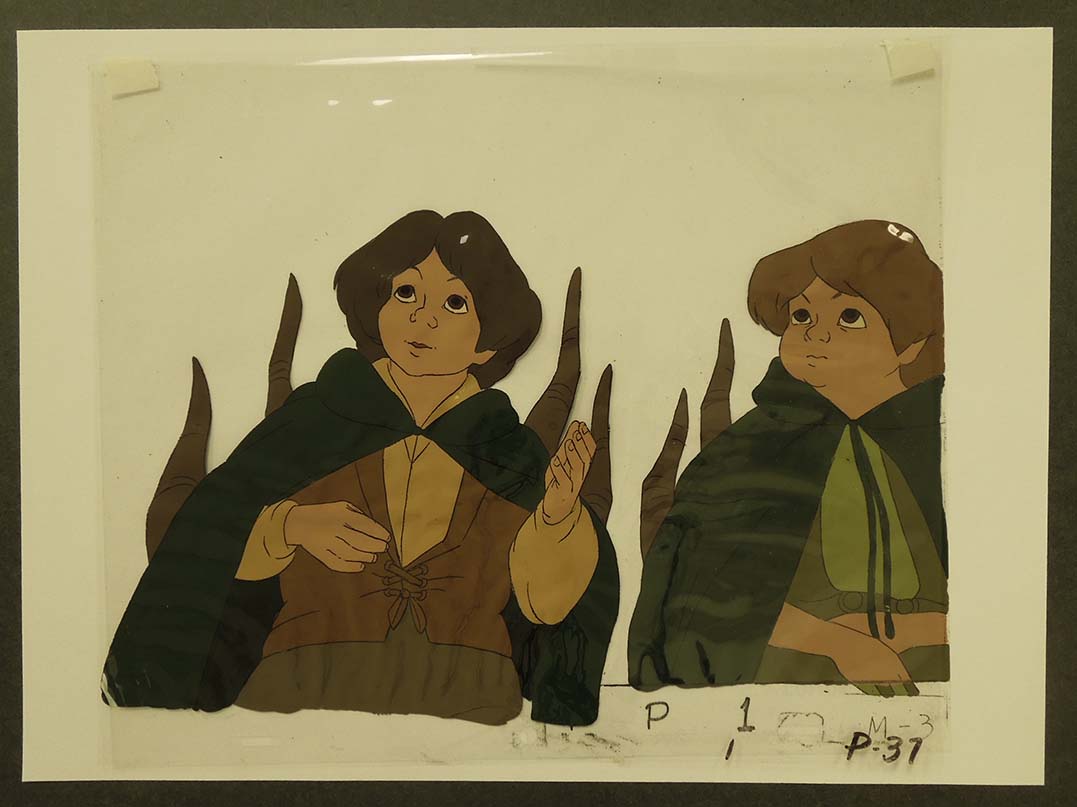
Pippin Took (left) and Merry Brandybuck (right) talking to Treabeard. Call Number: CGA.AC.AY17.001a-b



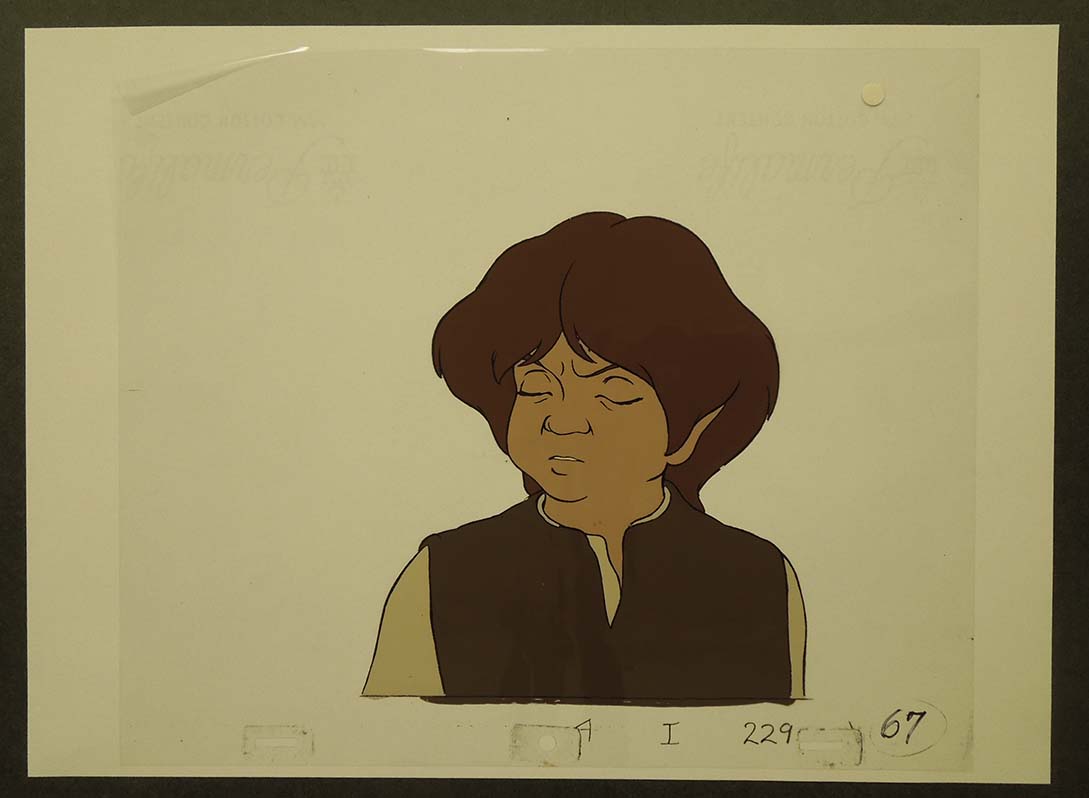

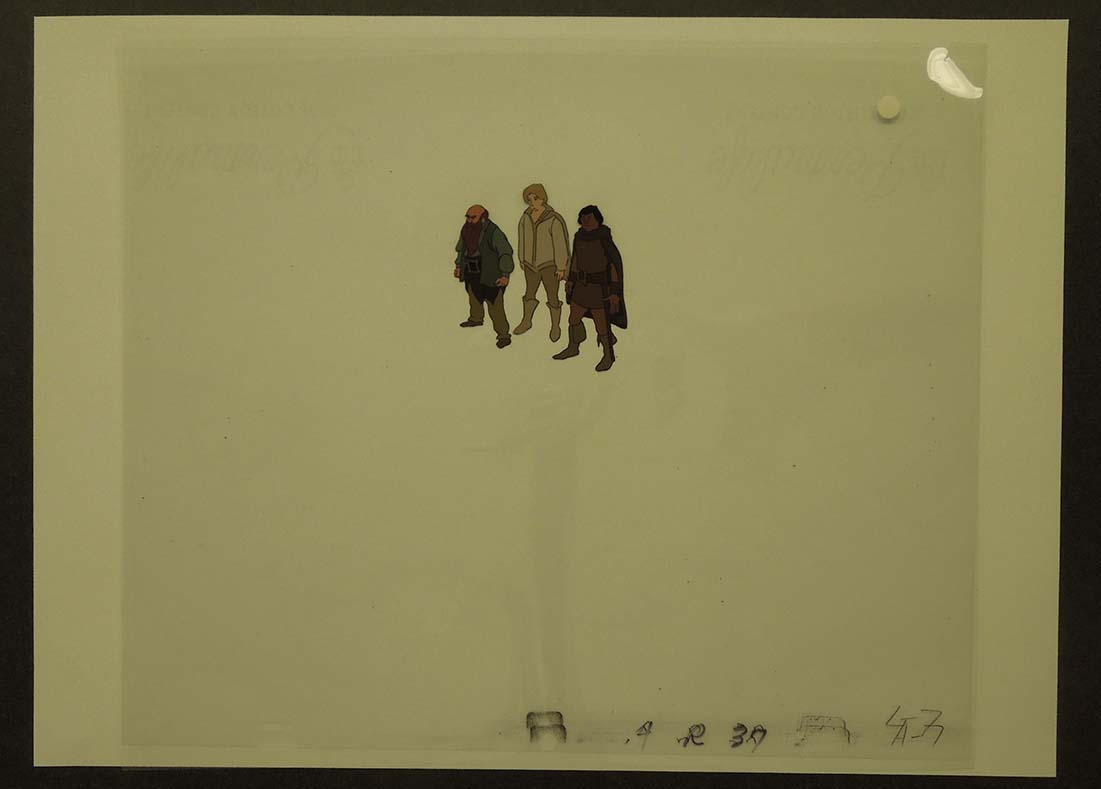
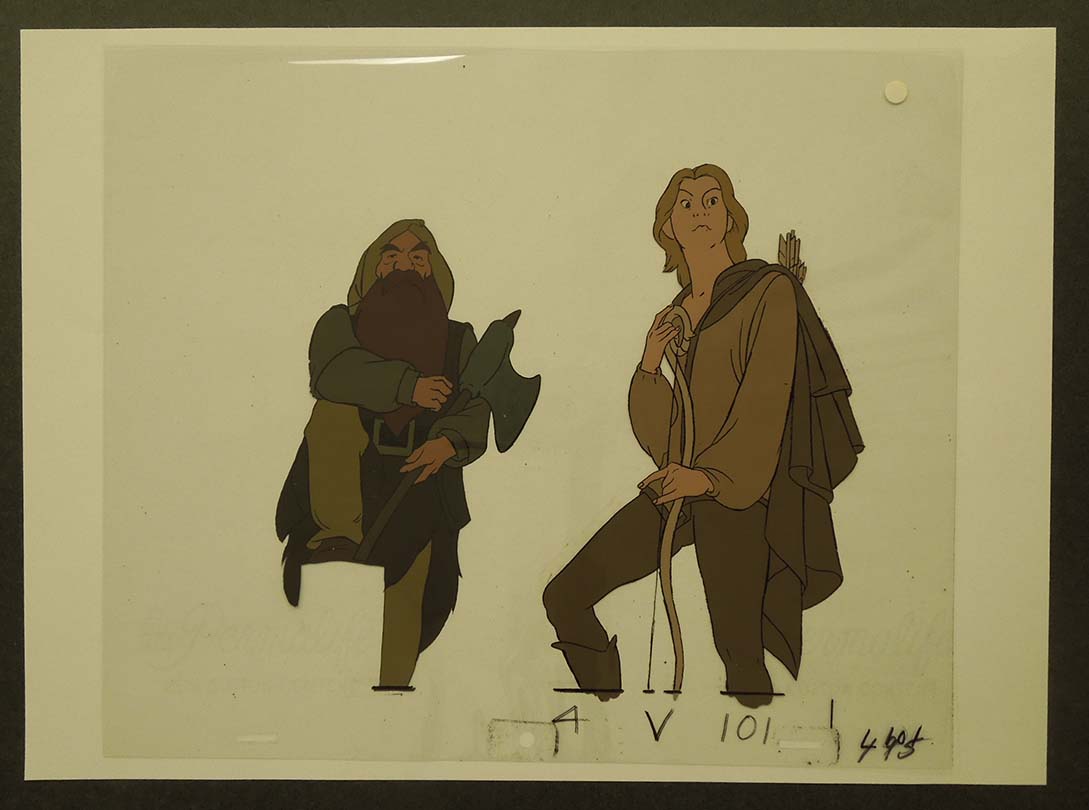
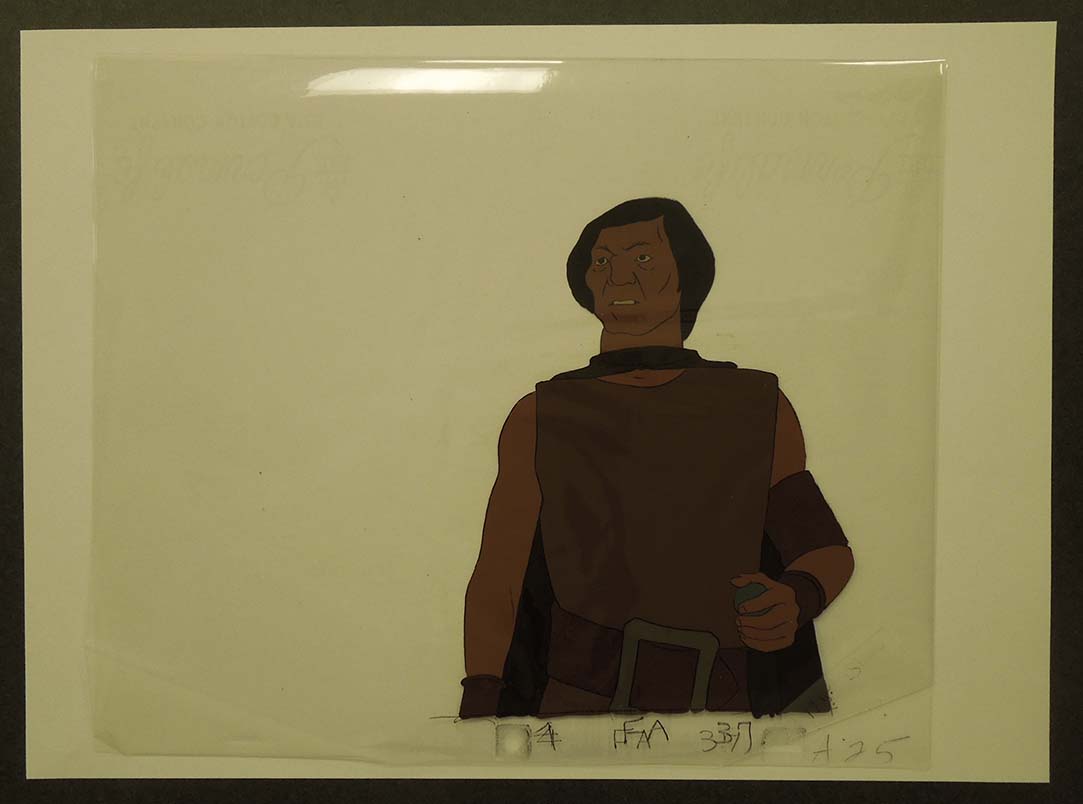




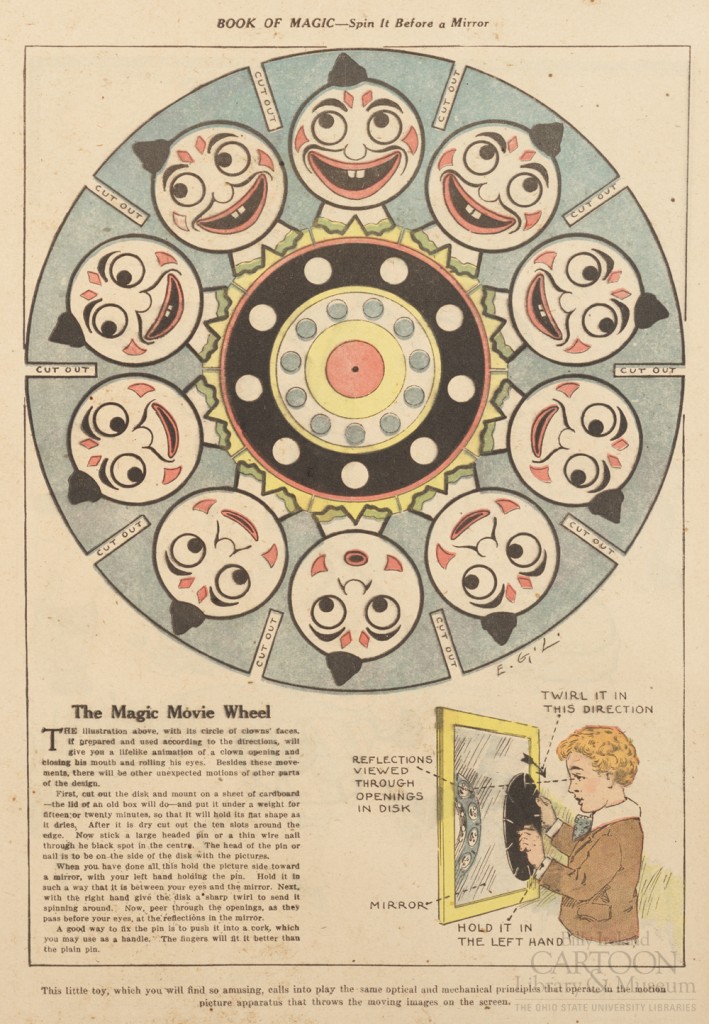
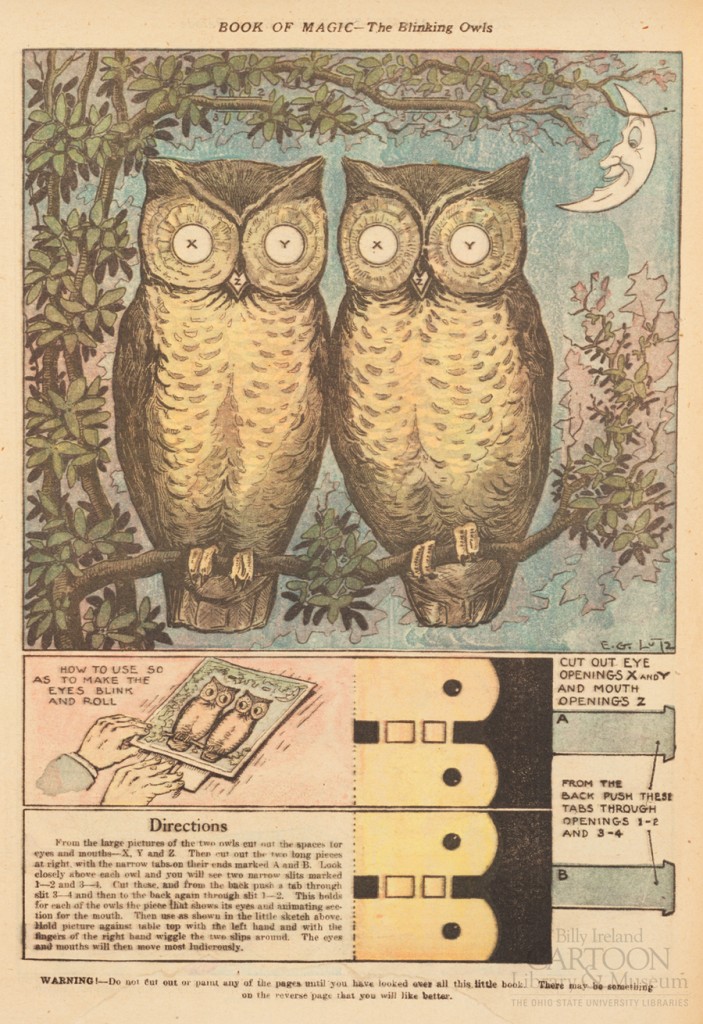
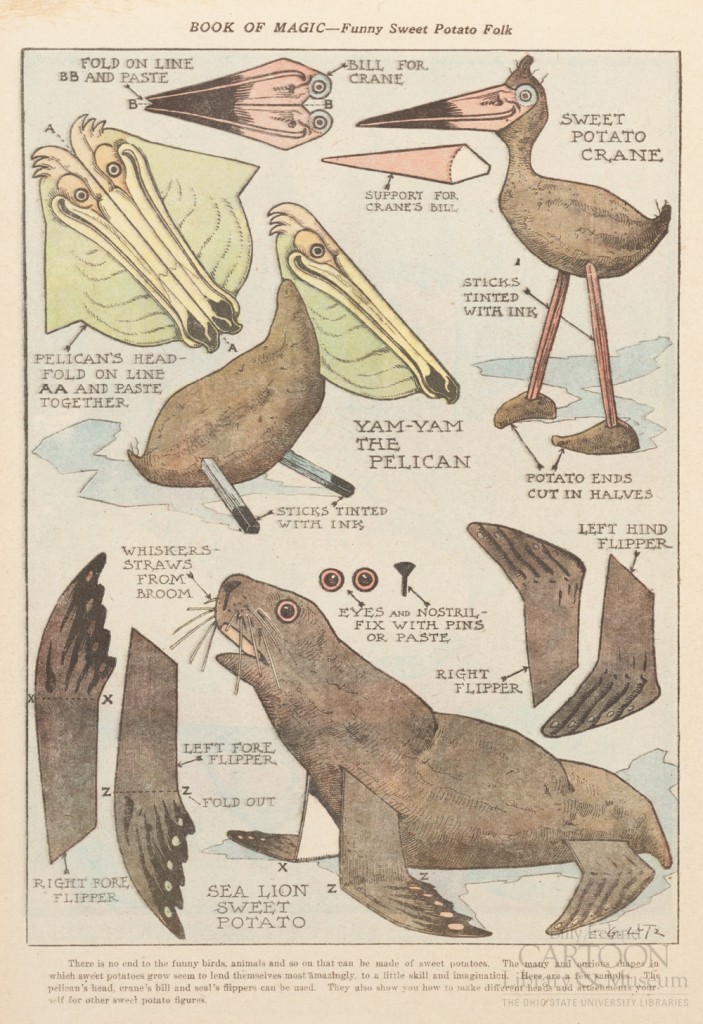
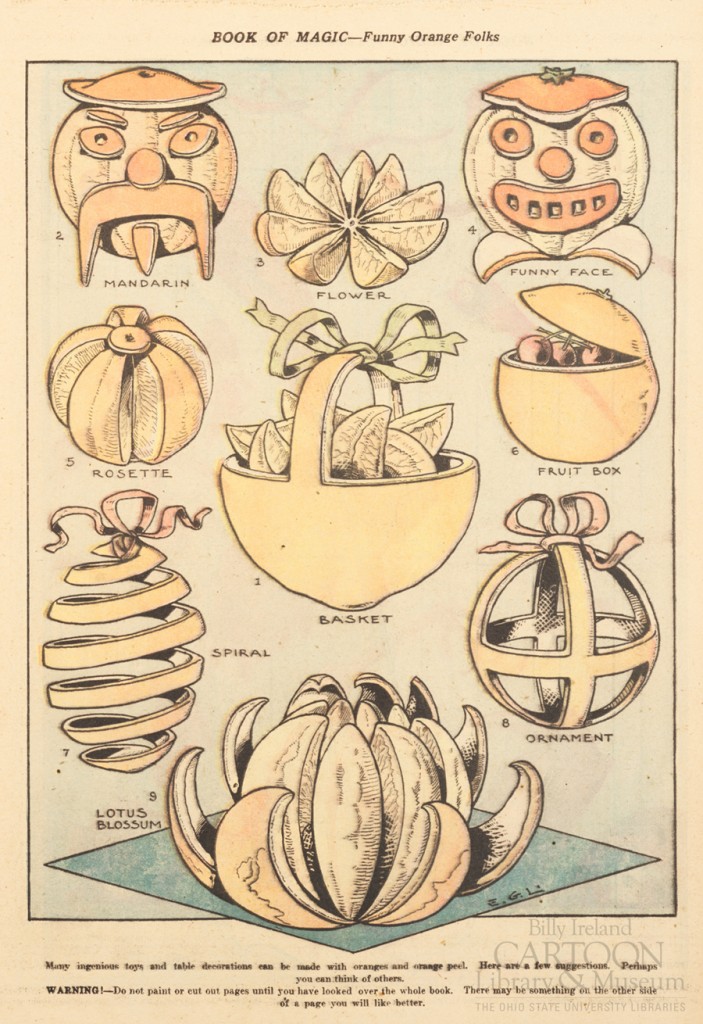

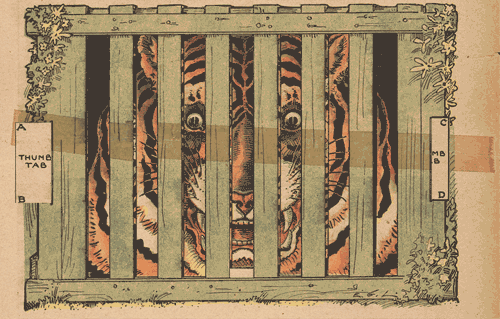
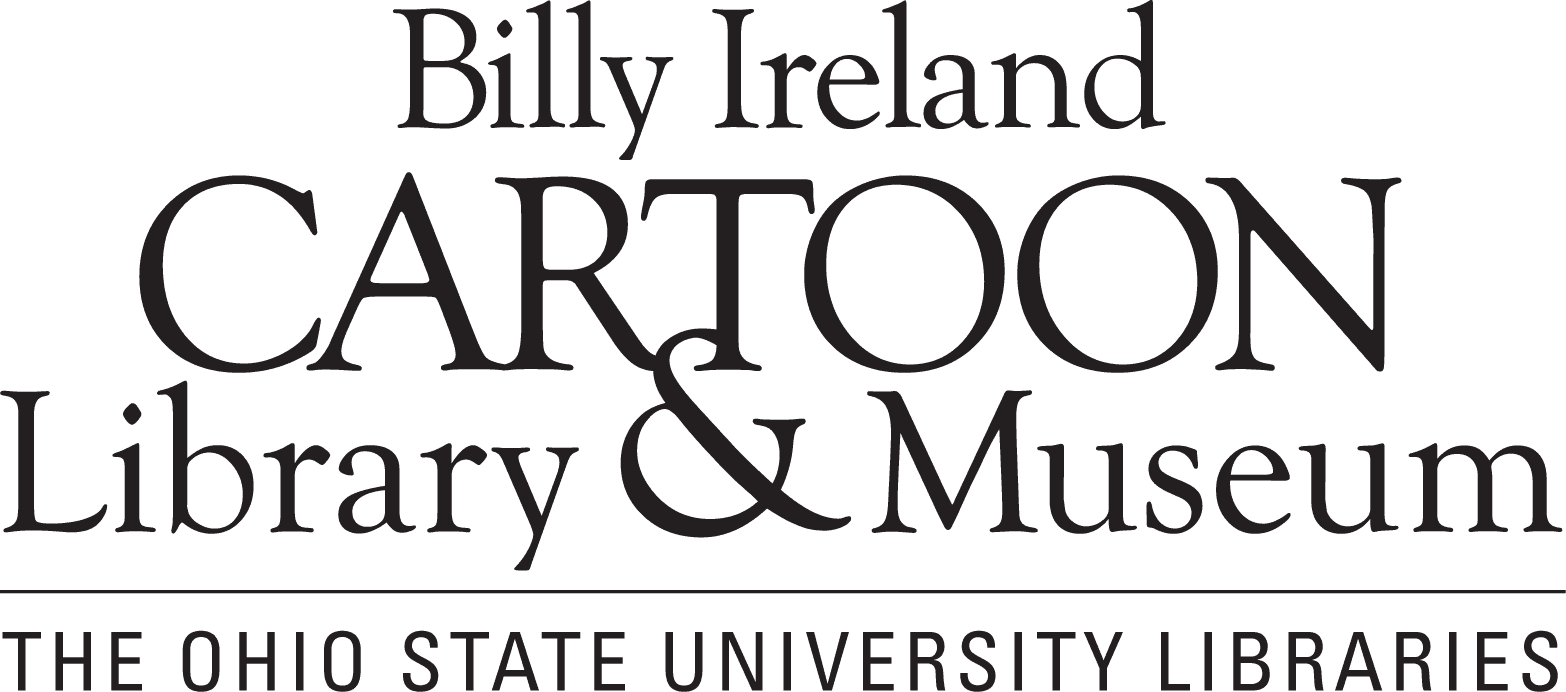
Recent Comments